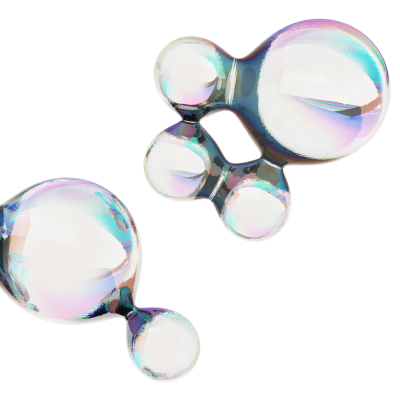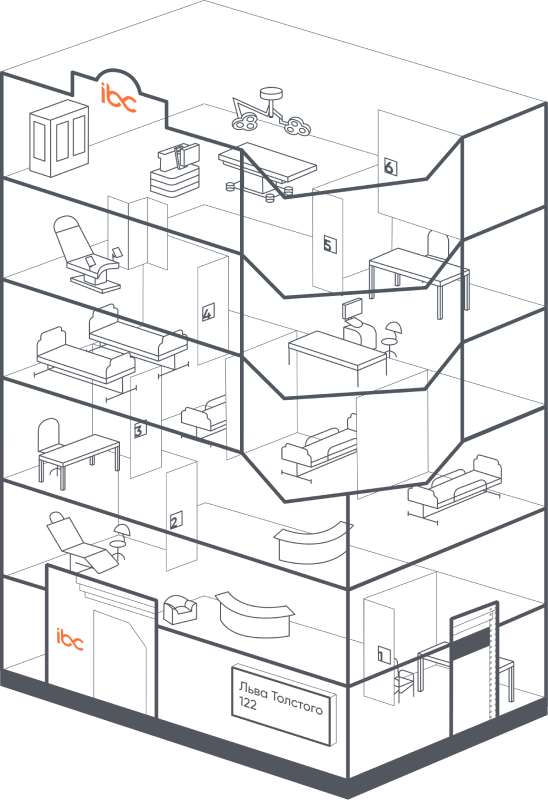Oncolytic viruses
Oncolytic viruses Viruses that can destroy cancer cells without damaging healthy tissue. For the first time, scientists started talking about their therapeutic effect in the 1960s, but the use of viruses in clinical practice began much later. Oncolytic viruses are now one of the hottest topics in cancer treatment, and scientists continue to explore the breadth of their therapeutic potential.
History of application of oncolytic viruses
Pathogens that are able to fight cancer belong to the group of polioviruses, adenoviruses, herpesviruses, and are potentially dangerous for the patient's body. Some of them are capable of causing uncontrolled systemic infections, which is why scientists temporarily abandoned their use.
At the turn of the 20th and 21st centuries, new methods for mapping RNA and DNA were developed, which allowed scientists to choose safer oncolytic viruses, as well as to make certain changes in their genetic sequence in order to eliminate the likelihood of complications when using such treatments.
The principle of action of oncolytic viruses
The antitumor effect of viruses is realized due to a combination of two independent mechanisms. Firstly, oncolytic viruses have a direct cytotoxic effect on cancer cells, and secondly, they trigger immune-mediated reactions, activating the patient's own immune system to fight a malignant tumor.
Through special processing and preparation, oncolytic viruses acquire an affinity for a particular type of cancer cell. They have a set of receptors, thanks to which they attach to malignant cells and penetrate inside, causing programmed cell death (apoptosis). After that, the viral particles are released and begin to attack new mutant cells, and the whole process is repeated anew.
However, this process is limited in time as the patient's immune system begins to recognize and destroy the oncolytic viruses. To overcome the remaining volume of a malignant tumor, additional doses of viruses have to be administered. In this regard, the possibility of combined use of radiation therapy, chemotherapy and innovative methods of immunotherapy is being considered, since traditional methods of cancer treatment inhibit the activity of the immune system, and also contribute to the penetration of oncolytic viruses into malignant cells.
Ways to increase the effectiveness of oncolytic viruses
Attachment of viral antigens to cancer cells increases their recognition for the patient's own immune system and enhances the activity of natural antitumor immunity. In other words, the use of oncolytic viruses makes it possible to turn "cold" cancer cells that elude immune responses into "hot" ones that can be destroyed by the patient's immune system. To enhance the effect of such treatment, oncolytic viruses are combined with other methods of immunotherapy.
One way is a combination of cell therapy and oncolytic viruses. Another, no less effective option is the use of oncolytic viruses and cryopreserved tumor samples for the manufacture of personalized cancer vaccines. The combination of oncolytic viruses and cancer vaccines has been shown to be effective, safe and convenient for use in patients.
Methods of application of oncolytic viruses
In most cases, oncolytic viruses are administered by intravenous injection. According to indications, with localized solid tumors, viruses can be injected directly into the neoplasm. Thus, they turn the tumor tissue into a kind of anti-cancer vaccine. At the same time, the production of virions that destroy cancer cells continues, and there is also a targeted stimulation of the patient's immune system to fight the tumor tissue.


Telemedicine consultation

Oncologist, professor
Scientific and Medical Director of the International Center for Cell Therapy and Cancer Immunotherapy in Israel
Sign up for “Telemedical consultation - Shimon Slavin"
